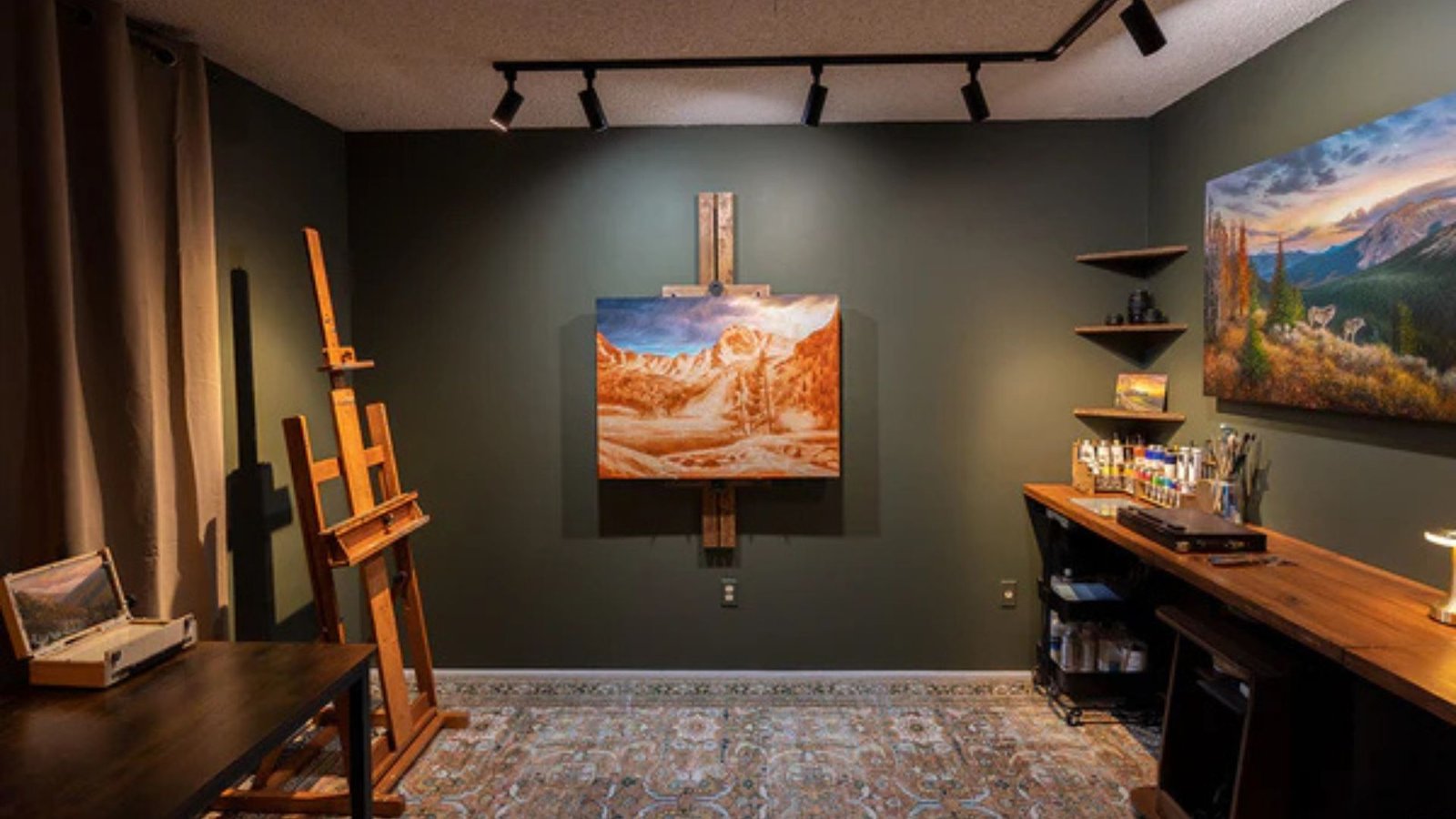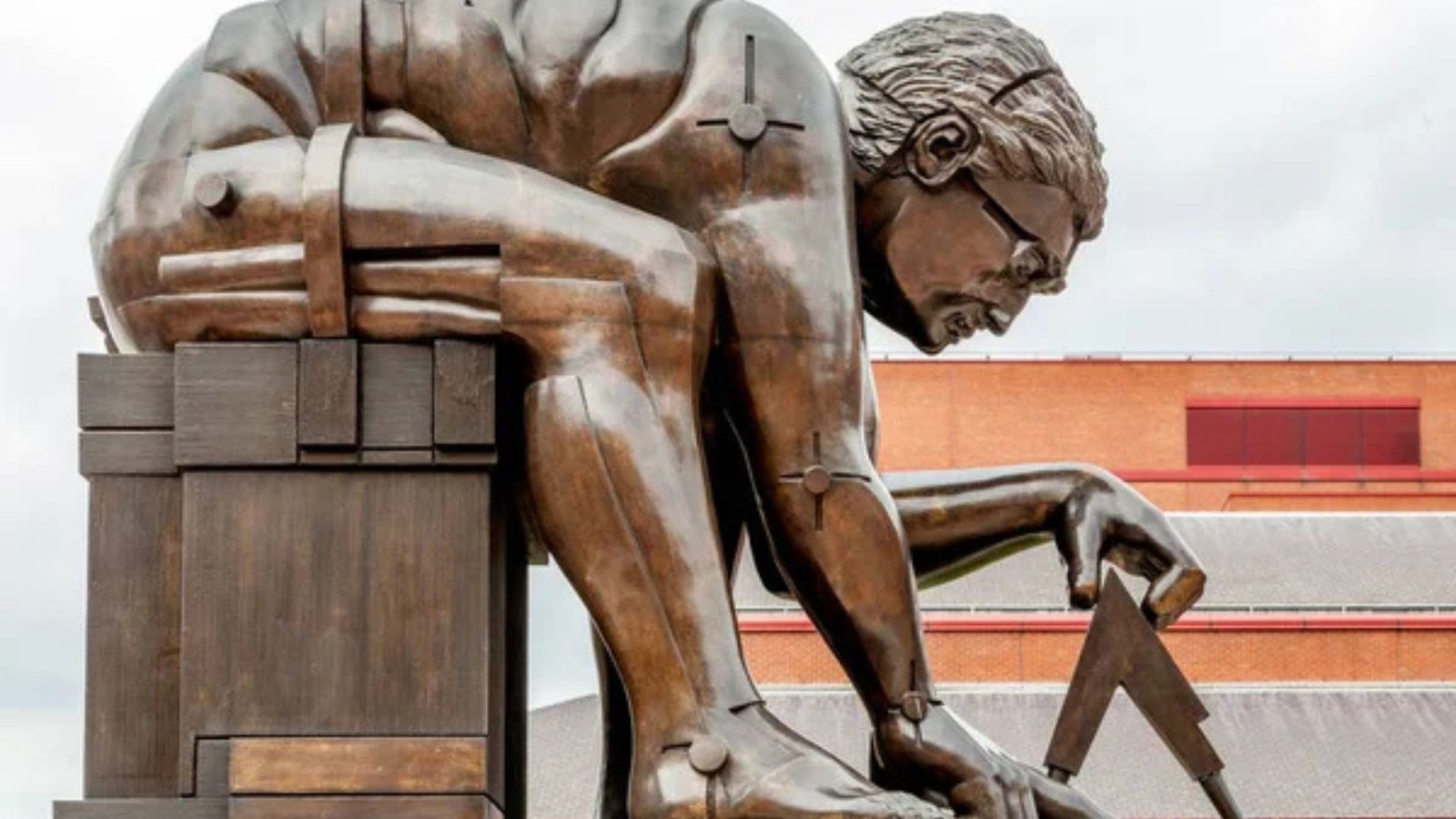Bronze sculptures are timeless works of art that have been created for thousands of years. The process of making and casting bronze sculptures is intricate and requires skill, patience, and precision. If you’ve ever wondered how bronze sculptures are made and cast, you’re not alone! In this post, we’ll walk you through the step-by-step process, from creating the model to the final finishing touches.

1. Creating the Sculpture Model
The first step in making a bronze sculpture is creating the model. Artists typically begin with a material like clay, wax, or plaster to form the shape of the sculpture. This model serves as the foundation for the final bronze piece.
Why It’s Important:
- Detail and Expression: The model is where the artist can experiment with shapes, textures, and details. It allows them to express their vision fully before moving to the casting process.
- Materials: Artists often choose clay or wax for their models because these materials are easy to shape and mold. These models can be as detailed or as simple as the artist desires.
Process:
- Modeling: The artist creates the model by hand or with tools, refining the surface to achieve the desired texture and details. This phase can take several weeks or even months, depending on the complexity of the sculpture.
- Mold Preparation: Once the model is complete, a mold is made to preserve its shape. This mold is usually made from silicone, rubber, or plaster.
2. Making a Mold
Once the model is finished, the next step is to create a mold. This is a crucial step in the process, as it allows the artist to reproduce the sculpture in bronze. There are two main types of molds: solid molds and shell molds.
Types of Molds:
- Solid Mold: In some cases, the model is completely covered in plaster or another mold material to form a solid shell. This mold is then broken apart to reveal the original model.
- Shell Mold: More commonly, artists use a lost-wax method, where a wax model is first created, then coated with a thin layer of clay, plaster, or sand. Once the mold is formed, the wax is melted away.
Why It’s Important:
- Accuracy: The mold needs to be as accurate as possible to capture every detail from the original model. This ensures that the final bronze sculpture will be a true replica.
- Durability: Molds are designed to withstand the high temperatures required during the casting process.
3. Wax Model and the Lost-Wax Process
In the lost-wax method, the artist creates a wax model of the sculpture. This is an essential step, especially for intricate details. Afterward, the wax model is coated with a ceramic shell or another durable material. Once the mold is hardened, the next step is to melt the wax out, leaving a cavity where the molten bronze will be poured.
Why It’s Important:
- Fine Details: Wax models allow for the creation of fine, intricate details, which are essential for high-quality sculptures.
- Lost-Wax Process: This is one of the oldest methods of casting bronze and is still used today for sculptures that require exceptional detail and precision.
Process:
- Wax Model Creation: The artist makes a wax model, often using tools to carve fine details.
- Shell Coating: The wax is then covered with a ceramic shell or a clay mixture to create a mold.
- Wax Removal: The mold is heated, and the wax is melted away. The mold is then left to cool and harden.
4. Preparing the Bronze
Once the mold is ready, the next step is to prepare the bronze. Bronze is an alloy made primarily of copper and tin, although other metals like aluminum or zinc may be added. The exact mixture of metals depends on the desired properties of the final sculpture, such as its color and strength.
Why It’s Important:
- Quality of Metal: The quality of the bronze mixture will impact the final sculpture. A precise combination of metals ensures that the sculpture is durable and has the right aesthetic.
- Melting Point: The alloy needs to be heated to around 1,100°C (2,012°F) before it becomes liquid enough to pour into the mold.
Process:
- Melting the Bronze: The bronze alloy is melted in a furnace. Once molten, it is carefully poured into the mold. The bronze must be carefully controlled to ensure the metal flows into every cavity of the mold without defects.
5. Casting the Bronze
Now, the molten bronze is poured into the mold. This step is called casting. The molten metal must be carefully poured into the mold, filling the cavity created by the lost-wax or solid mold process.
Why It’s Important:
- Precise Pouring: The pour must be steady and controlled. If the molten bronze cools too quickly, it can create imperfections in the sculpture.
- Ventilation: The mold may have vents that allow air and gas to escape while the bronze is being poured, preventing air bubbles and ensuring a smooth pour.
Process:
- Pouring the Bronze: The molten bronze is carefully poured into the mold, ensuring that it reaches all parts of the cavity. The mold is then allowed to cool and solidify.
- Cooling: The bronze is left to cool for several hours, sometimes days, depending on the size and thickness of the sculpture.
6. Removing the Mold and Cleaning the Sculpture
After the bronze has cooled and solidified, the mold is carefully broken away, revealing the bronze sculpture inside. The artist or foundry worker then begins the process of cleaning and finishing the sculpture.
Why It’s Important:
- Preserving Detail: After removing the mold, the sculpture needs to be carefully cleaned to preserve all the fine details and surface texture.
- Smoothing the Surface: The surface may need to be smoothed or polished to remove any imperfections left by the mold or casting process.
Process:
- Chipping Away the Mold: The outer mold is removed through chipping or cutting, exposing the raw bronze beneath.
- Grinding and Polishing: Any rough spots are smoothed out, and the sculpture is polished to enhance its shine and texture. This step is critical for ensuring the final work is flawless.
7. Patina and Final Finishing
Once the sculpture is cleaned, it’s time for the patina. The patina is a layer that gives the sculpture its final color and texture. Bronze naturally oxidizes over time, but artists can speed up this process to achieve a desired effect.
Why It’s Important:
- Unique Finish: The patina process gives each sculpture a unique finish. Artists can control the color, texture, and tone to give the piece its distinctive look.
- Aesthetic Appeal: The patina not only adds beauty but also protects the sculpture from further corrosion.
Process:
- Applying Patina: Artists use chemicals or heat to apply patina to the bronze, achieving a wide range of colors from greens to browns and even blues.
- Final Polishing: After the patina has been applied, the sculpture may be polished to create highlights and add depth to the finish.
Conclusion
The process of making and casting bronze sculptures is a fascinating journey from model creation to the final, polished piece. The intricate steps involved—such as modeling, molding, casting, and finishing—are what make bronze sculptures so special. Whether you’re creating a small figurine or a large monument, each step requires skill and precision. Now that you know the basics of how bronze sculptures are made and cast, you can appreciate the artistry behind these timeless works of art even more.











